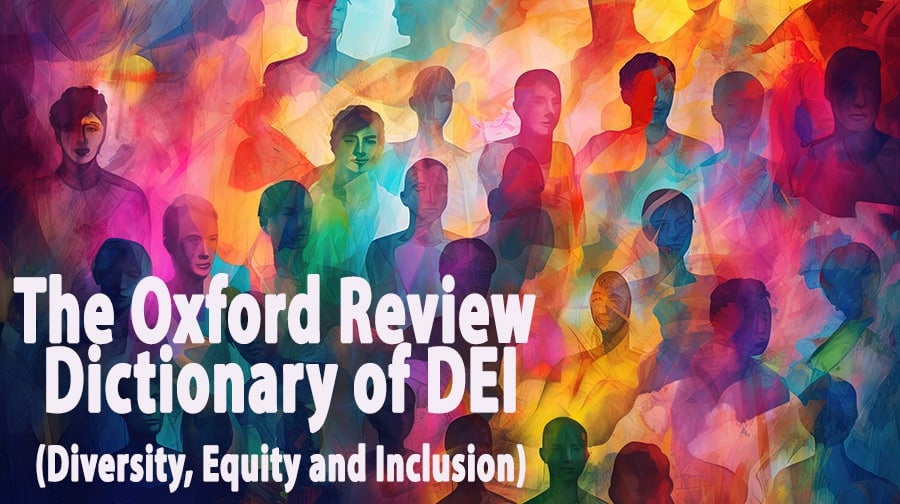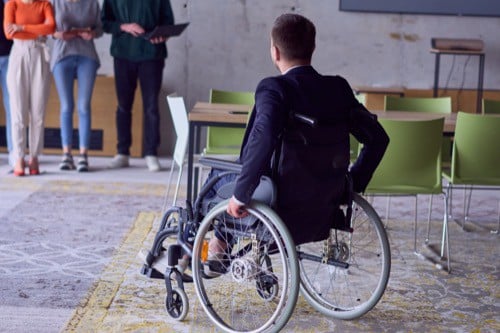Ableism – definition and explanation

Ableism is defined as discrimination in favour of the able-bodied, including the idea that a person’s abilities or characteristics are determined by disability or that people with disabilities as a group are inferior to non-disabled people[1]. It refers to bias, prejudice, and discrimination against people with disabilities, based on the idea that they are less valuable than non-disabled people[2]. Ableism is a social process of discrimination and bias, and it’s important to conduct more research on factors that may impact ableist ideas and actions[3].
Back to The Oxford Review DEI (Diversity, Equity and Inclusion) Dictionary
It manifests in various ways and at different levels of society. At the institutional level, ableism affects institutions, such as medical ableism, which is rooted in the idea that disability of any kind is a problem that needs fixing[2]. At the interpersonal level, it views people with disabilities as weak, vulnerable, or in need of rescuing, which is patronising and undermines the person’s individuality and autonomy, reinforcing an unequal power dynamic[2].
Ableism can also be seen in language, education, and employment discrimination[2]. It is often embedded in our culture, impacting not only systems and institutions, but also interactions between people, and people’s attitudes towards people with disabilities[1].

Ableism is a network of beliefs, processes, and practices that produces a particular kind of self and body (the corporeal standard) that is projected as the perfect, species-typical, and therefore essential and fully human[10]. It is often subtle and implicit, embedded in structures and social systems[11].
Research is necessary to understand how ableism operates and to determine the best approaches to reducing it[1]. This includes exploring how it is woven into the attitudinal environment and how it is understood and experienced by different groups[7].
In conclusion, ableism is a pervasive form of discrimination that affects people with disabilities at various levels of society. It is a complex issue that requires further research to fully understand and effectively address.
Citations:
[1] https://www.c-q-l.org/resources/projects/ableism-research/
[2] https://www.medicalnewstoday.com/articles/ableism
[3] https://dsq-sds.org/index.php/dsq/article/view/5061/4545
[4] https://en.wikipedia.org/wiki/Ableism
[5] https://sjdr.se/articles/10.16993/sjdr.632
[6] https://www.oxfordreference.com/display/10.1093/oi/authority.20110803095344235
[7] https://www.ncbi.nlm.nih.gov/pmc/articles/PMC9224372/
[8] https://www.healthline.com/health/what-is-ableism
[9] https://www.apa.org/ed/precollege/psychology-teacher-network/introductory-psychology/ableism-negative-reactions-disability
[10] https://www.ncbi.nlm.nih.gov/pmc/articles/PMC6488478/
[11] https://core.ac.uk/download/pdf/211328196.pdf
[12] https://www.verywellmind.com/what-is-ableism-5200530
[13] https://www.researchgate.net/publication/314298241_Defining_Disability_Understandings_of_and_Attitudes_Towards_Ableism_and_Disability
[14] https://www.accessliving.org/newsroom/blog/ableism-101/
